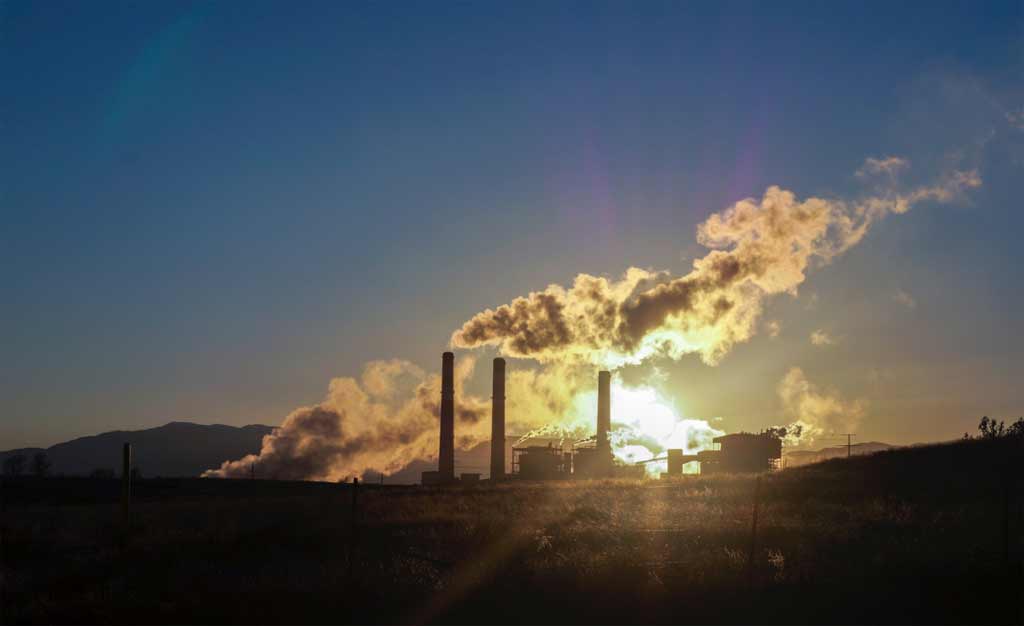The global review, published on 19 May in One Earth, also found that little is known about the effectiveness of the policies that exist, with potentially unrepresentative methane emission estimations used rather than actual measurements.
For the experts, inaccurate estimations can also mean the issue is taken less seriously by decision-makers by masking its severity.
Researchers argue that the lack of regulation and clarity into their impact must urgently be addressed if we are to meet global climate targets.
To meet the Paris Agreement 1.5°C objective, man-made methane emissions should be reduced by at least 40-45% by 2030, compared to the 2020 levels.
Methane mitigation is not only a cost-effective strategy to reduce global warming but could also improve the air quality. Today methane emissions are increasing faster than at any time since the 1980s.
This global review of methane policies is the first to systematically look at all major man-made emission sources, agriculture, energy and waste.
Researchers focused on 281 policies worldwide, 255 of them currently in force, that aim to monitor and reduce methane emissions examining the geographical coverage, strength and effectiveness of the policies.
90% of identified national policies have been adopted in three regions: North America (39%), Europe (30%) and Asia Pacific (21%).
Globally, the research shows there has been a gradual increase in methane policies since 1974.
But fossil methane policies, e.g., targeting emissions from coal, oil and gas sectors tend to be less stringent than those targeting biogenic methane sources, especially in the waste sector.
Introducing policies with greater policy coverage, mitigation solutions including for major sources, and measurable objectives could lead to a significant methane emissions reduction.
pll/lam/lpn









